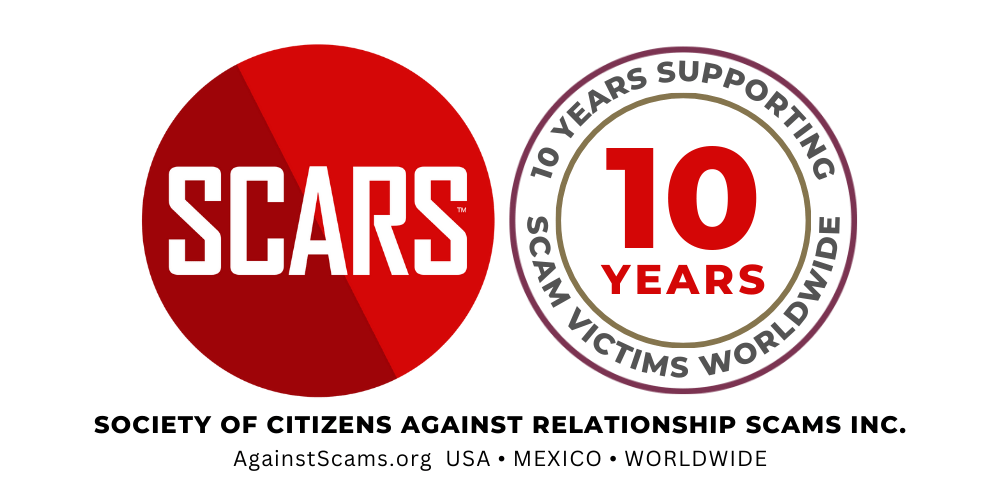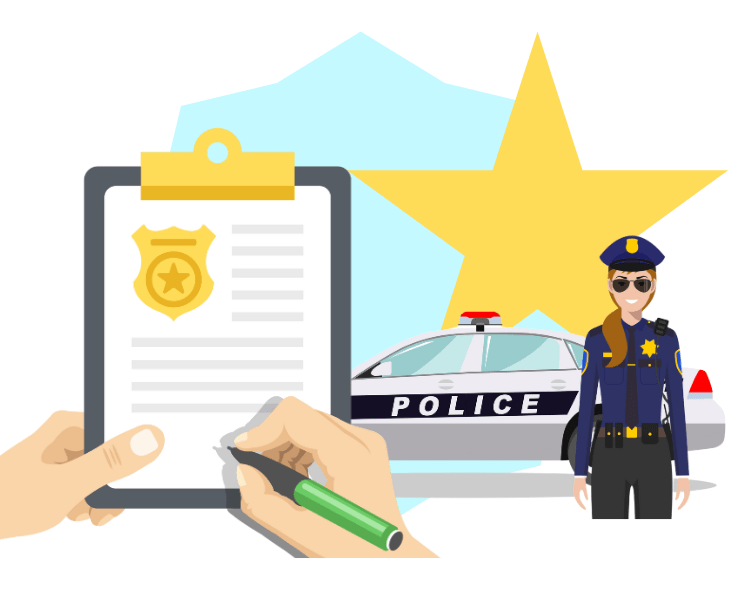
Copyright Basics & Takedowns for Scam Victims
When someone posts your photos online you have a Powerful Tool to get them taken down quickly!
Forget reporting fakes in the normal way. Get the social media’s legal department to remove them!
Use the Digital Millennium Copyright Act – it works everywhere and it works fast!
If You Had Your Photos or Videos Stolen and Posted by Scammers to Impersonate You or to Use for Blackmail, You Can Get Them Removed Using Copyright Law!
Using a fairly simple process called a DMCA Takedown notice the platform or website where the photos appear has no choice but to take them down of face a significant violation of law.
Take It Down
When it comes to getting your photos taken down you have two approaches. User a Takedown service, which is especially useful for intimate photos, or use copyright. The only problem with copyright is if you do not own or did not create the photos – meaning they were taken or created by someone else.
Takedown services are especially for removing nude or intimate photos.
Takedown Services
- If you’re under 18, you can use takeitdown.ncmec.org – a free online tool that prevents your image or video from being shared on platforms such as Facebook, Instagram, TikTok, Yubo, OnlyFans, and Pornhub.
- If you’re 18 or older, you can use StopNCII.org – a free online tool that prevents your image or video from being shared on platforms such as Facebook, Instagram, TikTok, Bumble, OnlyFans, and Reddit.
What is Copyright
Copyright is a legal concept that grants the creators of original works (photos, videos, etc.) exclusive rights to use and distribute their creations.
These rights apply to various types of creative works, including literary, artistic, musical, and dramatic works, as well as software, films, and other intellectual property.
Copyright protection gives creators the exclusive right to reproduce, distribute, perform, display, and create derivative works based on their original creations. This means that others cannot use or distribute the work without the creator’s permission, unless their use falls under certain exceptions or limitations, such as fair use. Even if you shared photos or videos online, they do not have the right to copy or redistribute them without your permission.
Copyright protection is automatic upon the creation of the work and generally lasts for a specified period of time, typically the life of the author plus an additional number of years. During the copyright term, creators have the right to control how their works are used and to receive compensation for their use.
When we say automatic we mean you do not have to file anything with the government, the minute you create it, it is your property.
Enforcement Under the Digital Millennium Copyright Act
The U.S. Digital Millennium Copyright Act (DMCA) is a U.S. federal law enacted in 1998 that addresses copyright protection in the digital age. It provides copyright owners with certain protections and tools to enforce their rights online.
Even though it is a U.S. Law, because the internet is everywhere all platforms and hosting companies will enforce protections or they can be sued in U.S. court.
Here’s how it works and what it can do:
- Notice-and-Takedown Procedure: The DMCA outlines a process through which copyright owners can demand the removal of infringing content from online platforms. Copyright holders can submit a formal notice (known as a DMCA takedown notice) to the service provider or hosting company, identifying the infringing material and asserting their rights. Upon receiving a valid takedown notice, the service provider is required to promptly remove or disable access to the content.
- Counter Notification: If a user believes their content was mistakenly removed in response to a DMCA takedown notice, they can submit a counter-notification to the service provider, but scammers will never do this since it requires identifying their real information. The counter notification must include specific information, such as a statement consenting to the jurisdiction of the courts, and a statement under penalty of perjury that the material was removed or disabled as a result of mistake or misidentification.
- Notice-and-Stay-Down: While not explicitly outlined in the DMCA itself, repeated infringement can make the platform, ISP, or hosting company liable to damages if sued.
Overall, the DMCA serves as a framework for balancing the interests of copyright owners, online service providers, and users in the digital ecosystem. It provides mechanisms for addressing copyright infringement online while also promoting the free flow of information and creativity.
How to Use It
1. Websites & Hosting Companies (not social media platforms)
To issue a takedown notice for content on a website, the following steps are typically required (see example notice below):
-
- Identify the Hosting Company: Using WhoIs.com or other tools, identify who is the hosting company for the website domain. Do not be concerned with the domain registrar. You may then have to look up their corporate website for their contact information, and specifically abuse notification email address.
- Identify the Infringing Content: Then identify the specific content that you believe infringes on your copyright or violates other legal rights. This could include text, images, videos, or any other material that you own the rights to. You will need the exact web address of the content, image, or video.
- Gather Evidence: Collect evidence to support your claim of ownership or infringement. This may include copies of your original work, timestamps, or any other relevant information that demonstrates your ownership or the infringement. You will need proof of the use by the infringing persons (screenshots) and the links to your original use (on your website or social media, etch.)
- Draft the Takedown Notice: Write a formal takedown notice that includes details about the infringing content, such as the URL where it is located, a description of the copyrighted work, and your contact information. You should also include a statement affirming that you have a good faith belief that the use of the material is not authorized by the copyright owner, its agent, or the law.
- Submit the Takedown Notice: Submit the takedown notice to the website hosting the infringing content. Most websites have a designated agent for receiving copyright infringement notices, and you may be able to find contact information or a web form for submitting notices on the website itself.
- Follow-up: After submitting the takedown notice, follow up with the hosting company to ensure that they have received it and are taking appropriate action. Be prepared to provide additional information or clarification if necessary.
- Monitor the Situation: Keep an eye on the website to ensure that the infringing content is removed in a timely manner. If the content is not removed or if it reappears after being taken down, you may need to take further legal action.
It’s important to note that the process for issuing a takedown notice may vary depending on the hosting company and the jurisdiction in which the website operates. Additionally, it’s always a good idea to consult with a legal professional if you have any questions or concerns about issuing a takedown notice.
2. Social Media Copyright Reporting & Takedown
Because each social media platform is different, they all have their own processes. Some make it complicated and some simple.
Remember that you can always send a paper takedown notice by mail or by email, but if they have a process you are better to start with that.
Note: The links for social media copyright notices can change without notice. If a link stops working let us know, but you can also search on Google for xxx copyright report (the xxx is the social media platform, such as Facebook, Instagram, etc.)
- Facebook Copyright Report: Copyright | Facebook Help Center
- Instagram Copyright Report: Copyright | Instagram Help Center
- WhatsApp Copyright Report: IP Policy (whatsapp.com)
- Google Copyright Report: Report Content On Google – Legal Help (includes all Google properties including YouTube)
- Snapchat Copyright Report: Report here (snapchat.com)
- TikTok Copyright Report: Report copyright infringement (tiktok.com)
- Others
How to Draft a DMCA Takedown Notice
This works for everyone, but social media platforms, such as Meta have another process that works fast and reliably.
When preparing a DMCA takedown notice, it’s crucial to include the following components:
- Signature: The notice must bear the signature of the copyright owner or their authorized agent, whether in physical or electronic form. The signer should clearly state their role as the copyright owner or agent.
- Identify the Infringed Work: Clearly specify the copyrighted material that is being infringed. If multiple works are affected on a single site, a representative list suffices. Titles or links to legally displayed works can be provided, and attaching copies of the work or registration forms is optional.
- Specify the Infringing Activity and Location: Describe the infringing activity in detail and provide sufficient information for the service provider to locate it on their site. Typically, this involves sharing URLs or attaching copies of the infringing material.
- Contact Information: Include the sender’s contact details, such as email address, and optionally, a physical address or telephone number.
- Good Faith Belief: Assert that the sender has a genuine belief that the material’s use is not authorized by the copyright owner, agent, or law.
- Accuracy of Statements: Confirm that the information provided in the notice is accurate and, under penalty of perjury, assert the sender’s authorization to act on behalf of the copyright owner. Making false claims is illegal and subject to civil liability under federal law.
See the example Takedown Notice below.
Summary
While almost all platforms have methods to report fake profiles and other violations, those go through their moderation groups and are usually reviewed by algorithms first – this is why so few are removed on the first report. However, copyright notices are reviewed by their legal team and are never ignored if done right.
Sample Takedown Notice
Dear [REGISTERED AGENT OR HOSTING COMPANY]:
This is letter is to serve as official notification of copyright infringement pursuant to the Digital Millennium Copyright Act (”DMCA”) 17 U.S.C. § 512(c) (3) for materials on [NAME/URL OF WEBSITE/PLATFORM/APP].
I, [YOUR NAME], am the exclusive rights holder of the following copyrighted material that is posted without authorization on your website:
- [DESCRIPTION OF MATERIAL & URL]
- [DESCRIPTION OF MATERIAL & URL]
- [DESCRIPTION OF MATERIAL & URL]
Upon receipt of this notice, I request that you expeditiously remove or disable access to the materials identified above as being the subject of infringement.
I am providing this notice in good faith and with the reasonable belief that my rights as the exclusive rights holder are being infringed.
Under penalty of perjury, I certify that the information contained in this notification is both true and accurate and that I am the owner of the copyrighted material identified above.
If you wish to discuss this with me please contact me directly using the information below:
Name:
E-mail:
Mailing address:
Phone:
I appreciate your prompt attention to this matter.
[YOUR SIGNATURE] (may be signed electronically)



